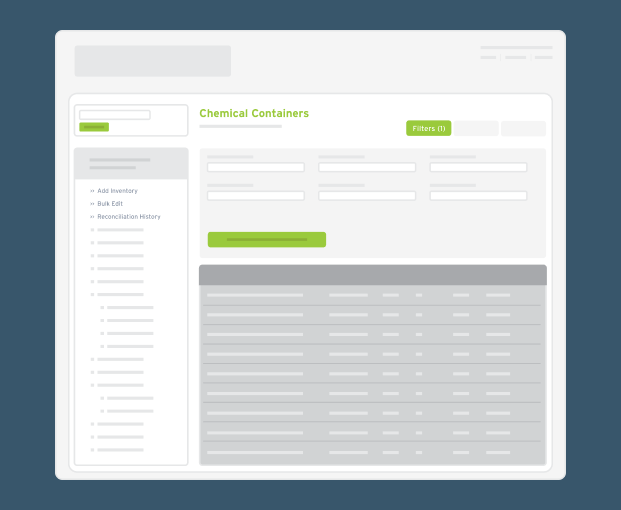The questions health, safety & lab operations professionals should be asking when evaluating options for their next chemical inventory and regulatory reporting solutions.
Software is an invaluable resource. Since software makes scaling possible and people more productive, you’ve probably seen chemical inventories at your site get more extensive and more complicated over time.
Software is the only way to keep up with the staggering amount of data that must be tracked and maintained — but not just any software will do the trick. For example, using spreadsheets instead of actual tracking tools isn’t a scalable solution.
When it comes to managing your entire organization’s chemical inventory, the tool you choose should work today and also be optimized to meet future needs. No one should have to switch systems soon after a large-scale software evaluation process.

It should also be simple for laboratory users to regularly input and update their own inventory for you.
Risk — a hazy mix of probability and severity — can be a concept that’s difficult to firmly grasp. As a result, it rarely receives all the funding it should get. That, in turn, leads to unaddressed risks growing, hiding, and worst of all, manifesting as an active problem.
While these are big concepts, it all comes down to the details. A chemical can be properly ID’d as a peroxide former. However, if the expiration date isn’t logged, it still runs the risk of degrading into an explosive substance before someone properly disposes of it. When these risks go unaddressed, your organization’s people, finances, and reputation are all in jeopardy.
It’s paramount that your chemical inventory software makes it easy to track these details and mitigate the resultant risks. Without actionable, real-time, and easily accessible data, it’s challenging to make informed decisions on where to spend your resources.

Inventory that is undercounted, overcounted, or unaccounted for is a common problem in labs today. Real-time container level tracking and hazardous materials need to be a priority.
A proper chemical database should include everything necessary, with the simple ability to view popular hazards, track expiration dates, identify peroxide formers, and more.
Accuracy and reliability matter when it comes to chemical inventory management. But it should also be easy to use and save time, not add to your daily hassle.
Unlabeled containers are one of the biggest pet peeves in any lab. Barcode, scanning, tracking, and tagging is essential for organizing lab inventory.
When it comes to chemical reporting, good data in means good data out. Great systems include regulatory reporting, tier II / RTK reporting, and fire code compliance & MAQs.
Software should help eliminate risk while increasing safety and productivity within teams. These are the basic hierarchy of needs for any great solution.
Copyright @2024